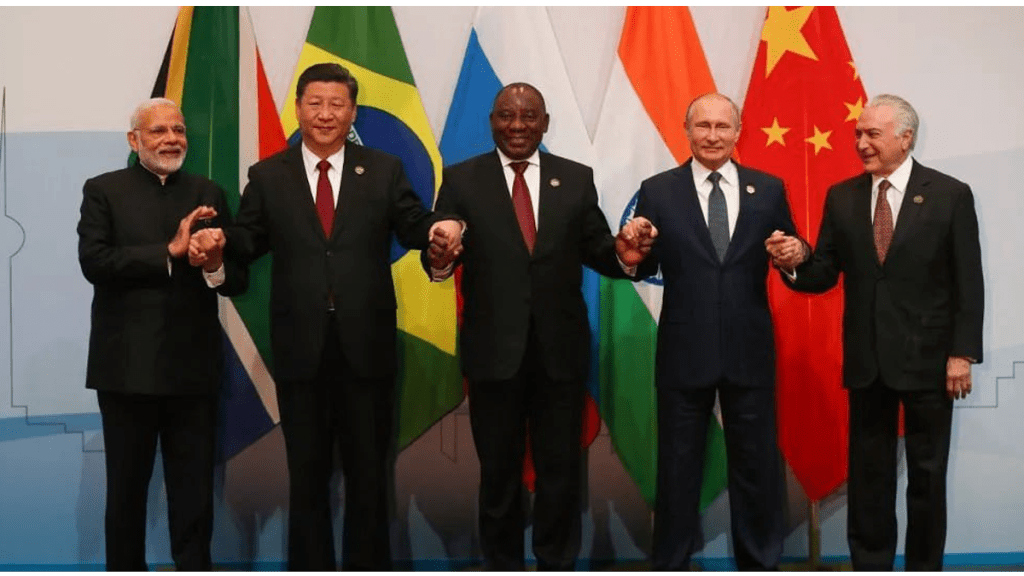Prime Minister Narendra Modi and Chinese President Xi Jinping on Thursday met to address critical concerns over unresolved matters along the Line of Actual Control (LAC) in the western region of the India-China border. The interaction, according to India’s Foreign Secretary Vinay Kwatra, saw Prime Minister Modi firmly expressing these concerns to President Xi Jinping on the sidelines of the 15th BRICS Summit in Johannasberg. The two leaders concurred on issuing directives to their respective officials, urging a vigorous acceleration of efforts to swiftly disengage and de-escalate.
Prime Minister Modi emphatically underscored the paramount importance of upholding tranquillity and harmony in the border territories, and underscored the indispensability of respecting the LAC as a linchpin for normalizing the India-China relationship. Their collective commitment culminated in a resolute directive to intensify the momentum of disengagement and de-escalation via their officials.
In a recent development, the 19th round of negotiations between India and China targeted at resolving residual disputes along the Line of Actual Control has reached its conclusion. This round, spanning two days, stood out due to its extended duration compared to previous single-day sessions.
Following these extensive discussions, both parties issued a consolidated declaration reiterating their unwavering dedication to expeditiously tackle the lingering LAC concerns. This declaration accentuated the significance of transparent and progressive dialogue guided by the compass of leadership directives, with the aim to sustain the conversational momentum through military and diplomatic channels.
In the interim, a mutual consensus was reached by both nations to uphold serenity and harmony in the border zones. The ongoing disengagement initiatives, initiated since the Corps Commander-level deliberations in 2020, have showcased progress at several contentious points. However, challenges continue to persist, notably in the Depsang Plains and Demchok, owing to disputes concerning their historical chronology.
Despite the completion of four rounds of disengagement in strategic locations such as the Galwan Valley, Pangong Tso, Gogra (PP-17A), and Hot Springs (PP-15), the military forces of both India and China continue to maintain substantial troop presence and advanced weaponry deployments in the Ladakh region. The hurdles endure particularly in the Depsang region of the Daulet Beg Oldi sector and the Charding Nullah Junction (CNJ) within the Demchok sector. Ongoing discussions attempt to resolve these persisting issues.

